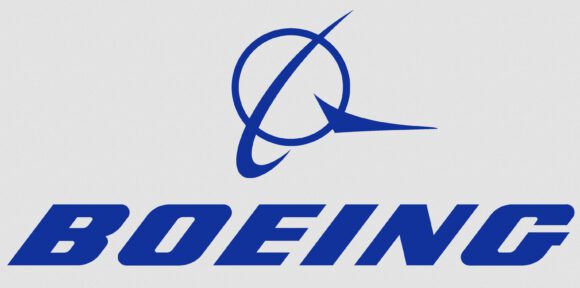Boeing has been awarded a patent for a new winglet design. See below for a quick look.
 Notice the device has the traditional upward sweep. But look below the wing at the loop. This loop may be hollow to allow air to pass through. As the link shows, Boeing claims the loop may have various shapes; triangle, rounded, parabolic, semi circular and trapezoidal.
Notice the device has the traditional upward sweep. But look below the wing at the loop. This loop may be hollow to allow air to pass through. As the link shows, Boeing claims the loop may have various shapes; triangle, rounded, parabolic, semi circular and trapezoidal.
The document includes this detailed view of the winglet.
 This may give us some idea where Boeing goes next with its ongoing wing work. For its aircraft that have the swept back wingtips this does not look like a ft. But to keep the 737 design current in the hyper competitive single aisle market, this could do the trick. How much this design improves on the winglets of today is not clear – yet.
This may give us some idea where Boeing goes next with its ongoing wing work. For its aircraft that have the swept back wingtips this does not look like a ft. But to keep the 737 design current in the hyper competitive single aisle market, this could do the trick. How much this design improves on the winglets of today is not clear – yet.
Views: 11




The closed loop reminds me of Aviation Partner’s spiroid winglet, which they tested in the 90’s on a Falcon 50, but I don’t think is installed on any operating aircraft – I assume the more complicated structure made the cost too high.
They claimed 11% reduction in fuel burn compared to the unmodified results. If I remember right, blended winglets gave in the range of 6-7% and split scimitar another 2-3% on top of that. I can only assume Boeing is deep into the realm of diminishing returns here, so I’d be surprised if this could get them much more than another 1-2% savings compared to the split scimitar. Of course, it always comes down to cost – as long as the modification doesn’t cost too much, airlines will enthusiastically welcome a 1-2% savings.
When you say “swept back wing tips” are you referring to what Boeing calls a raked wingtip? I’m under the impression you can combine winglets and raked wingtips in different proportions (that is to say, have a raked wingtip that turns up at some point in its span to form a smaller winglet instead of continuing to taper off), but you’d be trading off varying degrees of the benefits of each. As is, winglets are generally set back slightly from the wing leading edge.